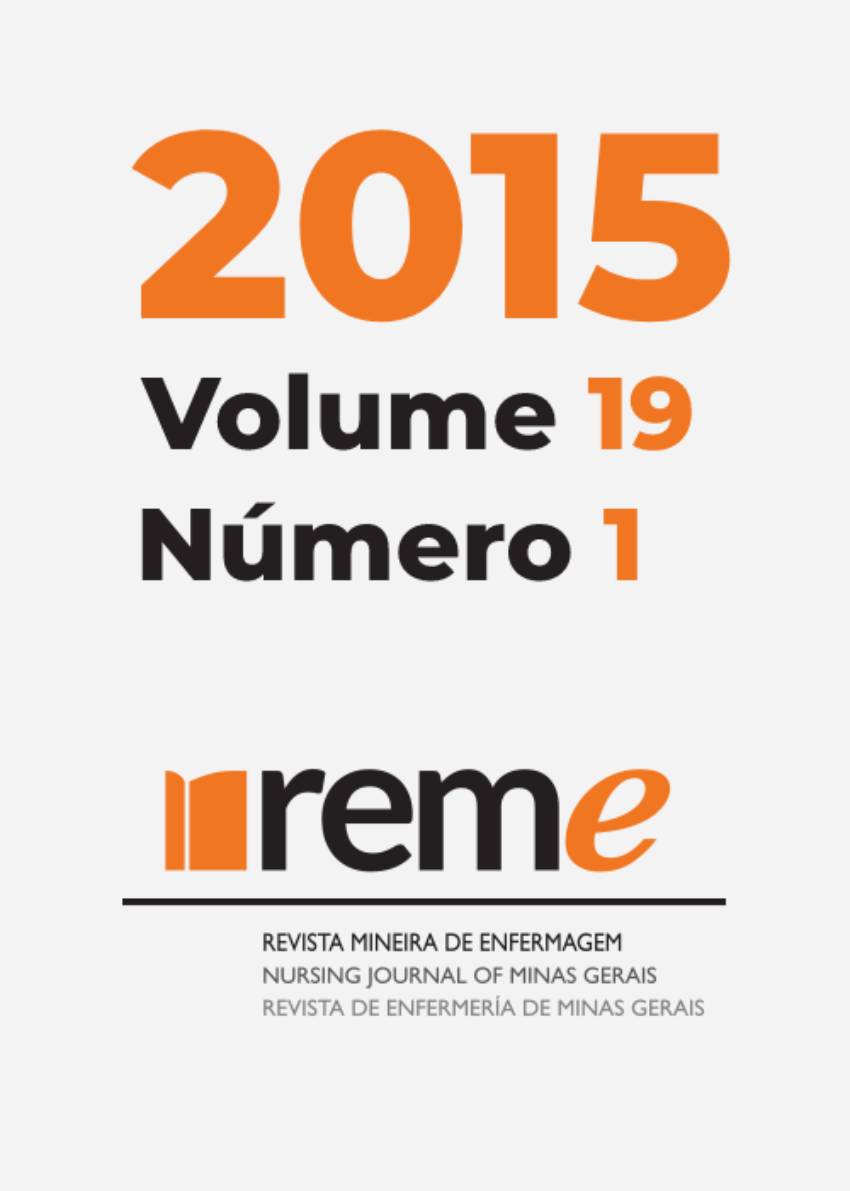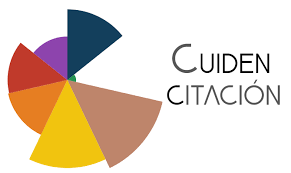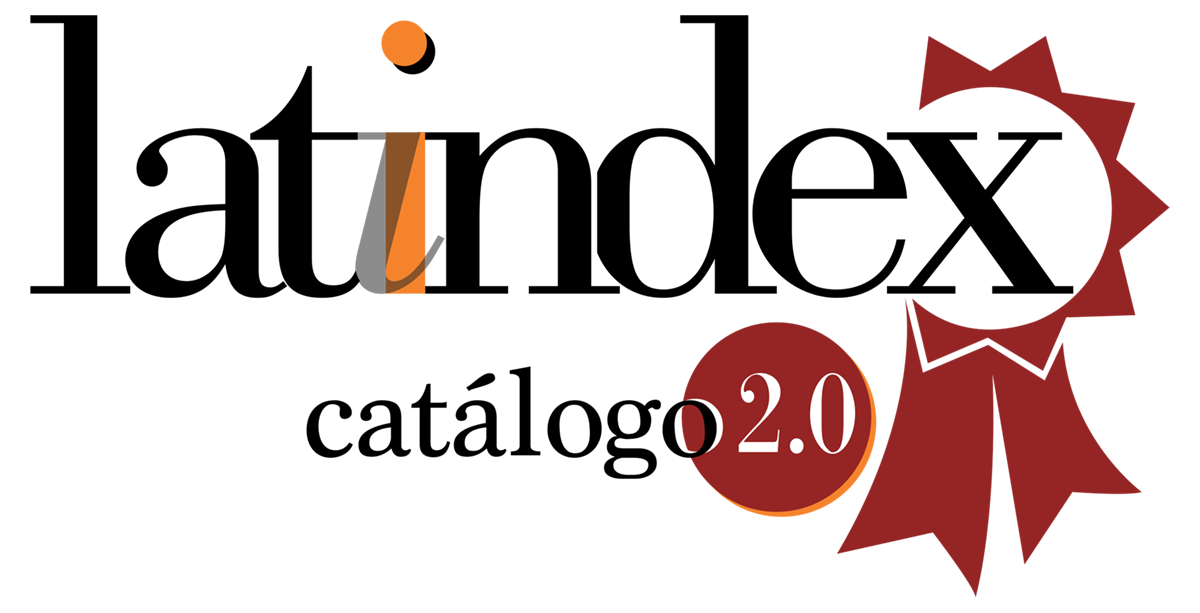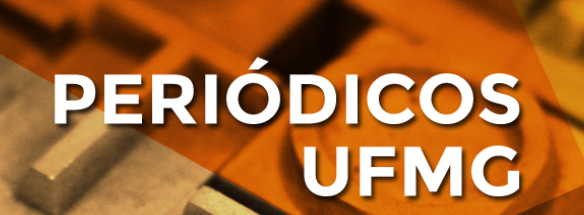Métodos terapêuticos alternativos para o manejo da incapacidade da dor lombar crônica
DOI:
https://doi.org/10.5935/1415-2762.20150016Palavras-chave:
Dor Lombar, Terapêutica, Terapias Complementares, Manejo da DorResumo
A lombalgia é dificilmente tratada somente com intervenções medicamentosas, devido à complexa relação entre as vertentes que a ocasionam. Os métodos terapêuticos alternativos são opções a serem consideradas para o adequado manejo desse tipo de dor. Este estudo objetivou identificar a eficácia dos métodos terapêuticos alternativos para a incapacidade em pessoas com dor lombar crônica e descrever quais instrumentos estão sendo utilizados para avaliação da incapacidade. Trata-se de uma revisão integrativa da literatura em que foram consultadas as bases de dados PubMed, BIREME e The Cochrane Library, nas quais foram selecionados os artigos publicados entre 2007 e 2012. Foram incluídas publicações originais em inglês, português e espanhol, com os descritores low back pain, disability, treatment e chronic. A amostra da revisão constituiu-se de 34 artigos dos 1.284 encontrados. Os artigos elegidos foram classificados, segundo sua abordagem, em cinco categorias: fisioterapia; abordagem multidisciplinar; associação de tratamentos; exercícios aeróbicos; e outros tratamentos. Na maioria dos estudos, os instrumentos utilizados para avaliar a incapacidade eram validados e os mais comumente utilizados foram o Roland Morris Disability Questionnaire e o Oswestry Disability Questionnaire. Os métodos terapêuticos alternativos identificados nesta revisão, de maneira geral, refletem positivamente a melhora da incapacidade relacionada à dor lombar crônica, entre eles os mais estudados foram aqueles com abordagem fisioterapêutica, seguido dos métodos de abordagem multidisciplinar. Os dados gerados pela pesquisa poderão auxiliar na definição de protocolos para o adequado manejo da dor lombar crônica.Downloads
Referências
1. Ruhe A, Fejer R, Walker B. Center of pressure excursion as a measure of balance performance in patients with non-specific low back pain compared to healthy controls: a systematic review of the literature. Eur Spine J. 2011 Mar;20(3):358-68.
2. Salvetti MG, Pimenta CAM, Braga PE, Correa CF. Incapacidade relacionada à dor lombar crônica: prevalência e fatores associados. Rev Esc Enferm USP. 2012;46(n.esp):16-23.
3. Kreling D, Cruz DA, Pimenta CAM. Prevalência de dor crônica em adultos. Rev Bras Enferm. 2006; 59(4):20-6.
4. World Health Organization. International classification of impairments, disabilities and handcaps: a manual of classification relating to the consequences of disease. Geneva: WHO; 1993.
5. Guclu DG, Guclu O, Ozaner A, Senormanci O, Konkan R. The relationship between disability, quality of life and fear-avoidance beliefs in patients with chronic low back pain. Turk Neurosurg. 2012; 22(6):724-31.
6. Broome ME. Integrative literature reviews for the development of concepts. In: Rodgers BL, Knafl KA, editors. Concept development in nursing: foundations, techniques and applications. Philadelphia: W.B Saunders; 2000. p.231-50.
7. Whittemore R, Knafl K. The integrative review: updated methodology. J Adv Nurs. 2005; 52(5):546-53.
8. Melnik BM, Fineout-Overbolt E. Making the case for evidence-based practice in nursing & healthcare. A guide to best practice. Philadelphia: Lippincot Williams & Wilkins; 2005. p.3-24.
9. Cousins MJ, Brennan F, Carr DB. Pain relief: a universal human right. Pain. 2004; 112(1-2):1 4. 10. Carvalho AR, Gregório FC, Engel GS. Descrição de uma intervenção cinesioterapêutica combinada sobre a capacidade funcional e o nível de incapacidade em portadoras de lombalgia inespecífica crônica. Arq Ciênc Saúde. 2009; 13(2):97-103.
11. Critchley DJ, Ratcliffe J, Noonan S, Jones RH, Hurley MV. Effectiveness and cost effectiveness of three types of physiotherapy used to reduce chronic low back pain disability: a pragmatic randomized trial with economic evaluation. Spine. 2007; 32(14): 1474-81.
12. Mannion AF, Helbling D, Pulkovski N, Sprott H. Spinal segmental stabilisation exercises for chronic low back pain: programme adherence and its influence on clinical outcome. Eur Spine J. 2009; 18(12):1881-91.
13. França FR, Burke TN, Hanada ES, Marques AP. Segmental stabilization and muscular strengthening in chronic low back pain: a comparative study. Clinics. 2010; 65(10):1013-7.
14. Petersen T, Larsen K, Jacobsen S. One-year follow-up comparison of the effectiveness of McKenzie treatment and strengthening training for patients with chronic low back pain: outcome and prognostic factors. Spine. 2007; 32(26):2948-56.
15. Gatti R, Faccendini S, Tettamanti A, Barbero M, Balestri A, Calori G. Efficacy of trunk balance exercises for individuals with chronic low back pain: a randomized clinical trial. J Orthop Sports Phys Ther. 2011; 41(8):542-52.
16. Norris P, Matthewsb M. The role of an integrated back stability program in patients with chronic low back pain. Compl Ther Clin Pract. 2008; 14:255-63.
17. Rasmussen-Barr E, Äng B, Arvidsson I, Nilsson-Wikmar L. Graded exercise for recurrent low back pain: a randomized, controlled trial with 6-, 12-, and 36-month follow-ups. Spine. 2009; 34(3):221-8.
18. Sertpoyraz F, Eyigor S, Karapolat H, Capaci K, Kirazli Y. Comparison of isokinetic exercise versus standard exercise training in patients with chronic low back pain: a randomized controlled study. Clin Rehabil. 2009; 23:238-47.
19. Shirado O, Doi T, Akai M, Hoshino Y, Fujino K, Hayashi K, Iwaya T. Multicenter randomized controlled trial to evaluate the effect of homebased exercise on patients with chronic low back pain: the Japan low back pain exercise therapy study. Spine. 2010; 35(17):E811-E819.
20. Poulain C, Kernéis S, Rozenberg S, Fautrel B, Bourgeois P, Foltz V. Longterm return to work after a functional restoration program for chronic low-back pain patients: a prospective study. Eur Spine J. 2010; 19(7):1153- 61.
21. Gagnon S, Lensel-Corbeil G, Duquesnoy B. Multicenter multidisciplinary training program for chronic low back pain: French experience of the Renodos back pain network (Réseau Nord Pas-de-Calais du DOS). Ann Phys Rehabil Med. 2009; 52(1):3-16.
22. Gaskell L, Enright S, Tyson S. The effects of a back rehabilitation programme for patients with chronic low back pain. J Eval Clin Pract. 2007; 13(5):795-800.
23. Luk KDK, Wan TWM, Wong YW, Cheung KMC, Chan KYK, Cheng ACS, ET al. A multidisciplinary rehabilitation programme for patients with chronic low back pain: a prospective study. J Orthop Surg. 2010; 18(2):131-8.
24. Henchoz Y, Goumoëns P, Norberg M, Paillex R, So AK. Role of physical exercise in low back pain rehabilitation: a randomized controlled Trial of a three-month exercise program in patients who have completed multidisciplinary rehabilitation. Spine. 2010; 35(12):1192-9.
25. Little P, Lewith G, Webley F, Evans M, Beattie A, Middleton K, et al. Randomised controlled trial of Alexander technique lessons, exercise, and massage (ATEAM) for chronic and recurrent back pain. Br J Sports Med. 2008; 42:965-8.
26. Al-Obaidi SM, Al-Sayegh NA, Ben Nakhi H, Al-Mandeel M. Evaluation of the McKenzie intervention for chronic low back pain by using selected physical and bio-behavioral outcome measures. PM&R. 2011; 3:637-46.
27. Andrade SC, Araújo AG, Vilar MJ. Escola de coluna para pacientes com lombalgia crônica inespecífica: benefícios da associação de exercícios e educação ao paciente. Acta Reumatol Port. 2008; 33:443-50.
28. Cuesta-Vargas AI, García-Romero JC, Arroyo-Morales M, Diego-Acosta ÁM, Daly DJ. Exercise, manual therapy, and education with or without high-intensity deep-water running for nonspecific chronic low back pain: a pragmatic randomized controlled trial. Am J Phys Med Rehabil. 2011; 90(7):526-38.
29. Chan CW, Mok NW, Yeung EW. Aerobic exercise training in addition to conventional physiotherapy for chronic low back pain: a randomized controlled trial. Arch Phys Med Rehabil. 2011; 92(10):1681-5.
30. Djavid GE, Mehrdad R, Ghasemi M, Hasan-Zadeh H, Sotoodeh-Manesh A, Pouryaghoub G. In chronic low back pain, low level laser therapy combined with exercise is more beneficial than exercise alone in the long term: a randomised trial. Aust J Physiother. 2007; 53(3):155-60.
31. Sahin N, Albayrak I, Durmus B, Ugurlu H. Effectiveness of back school for treatment of pain and functional disability in patients with chronic low back pain: a randomized controlled trial. J Rehabil Med. 2011; 43(3): 224-9.
32. Hartvigsen J, Morso L, Bendix T, Manniche C. Supervised and nonsupervised Nordic walking in the treatment of chronic low back pain: a single blind randomized clinical trial. BMC Musculoskelet Disord. 2010; 11:30.
33. Chatzitheodorou D, Kabitsis C, Malliou P, Mougios V. A pilot study of the effects of high intensity aerobic exercise versus passive interventions on pain, disability, psychological strain, and serum cortisol concentrations in people with chronic low back pain. Phys Ther. 2007; 87(3):304-12.
34. Chatzitheodorou D, Mavromoustakos S, Milioti S. The effect of exercise on adrenocortical responsiveness of patients with chronic low back pain, controlled for psychological strain. Clin Rehabil. 2008; 22(4):319-28.
35. Murtezani A, Hundozi H, Orovcanec N, Sllamniku S, Osmani T. A comparison of high intensity aerobic exercise and passive modalities for the treatment of workers with chronic low back pain: a randomized, controlled trial. Eur J Phys Rehabil Med. 2011; 47(3):359-66.
36. Durmus D, Durmaz Y, Canturk F. Effects of therapeutic ultrasound and electrical stimulation program on pain, trunk muscle strength, disability, walking performance, quality of life, and depression in patients with low back pain: a randomized-controlled trial. Rheumatol Int. 2010; 30(7):901-10.
37. Dundar U, Solak O, Yigit I, Evcik D, Kavuncu V. Clinical effectiveness of aquatic exercise to treat chronic low back pain: a randomized controlled trial. Spine. 2009; 34(14):1436-40.
38. Pozo-Cruz BD, Hernandez Mocholi MA, Adsuar JC, Parraca JA, Muro I, Gusi N. Effects of whole body vibration therapy on main outcome measures for chronic non-specific low back pain: a single-blind randomized controlled trial. J Rehabil Med. 2011; 43(8):689-94.
39. Cherkin DC, Sherman KJ, Kahn J, Wellman R, Cook AJ, Johnson E, et al. A comparison of the effects of 2 types of massage and usual care on chronic low back pain a randomized, controlled trial. Ann Intern Med. 2011; 155(1):1-9.
40. Ay S, Doğan SK, Evcik D. Is low-level laser therapy effective in acute or chronic low back pain? Clin Rheumatol. 2010; 29(8):905-10.
41. Cox H, Tilbrook H, Aplin J, Semlyen A, Torgerson D, Trewhela A, et al. A randomised controlled trial of yoga for the treatment of chronic low back pain: results of a pilot study. Compl Ther Clin Pract. 2010; 16(4):187-93.
42. Williams K, Abildso C, Steinberg L, Doyle E, Epstein B, Smith D, et al. Evaluation of the effectiveness and efficacy of iyengar yoga therapy on chronic low back pain. Spine. 2009; 34(19):2066-76.
43. Evans DD, Carter M, Panico R, Kimble L, Morlock JT, Spears MJ. Characteristics and predictors of short-term outcomes in individuals selfselecting yoga or physical therapy for treatment of chronic low back pain. PM&R. 2010; 2(11):1006-15.
Downloads
Arquivos adicionais
Publicado
Edição
Seção
Licença
Copyright (c) 2015 Reme: Revista Mineira de Enfermagem

Este trabalho está licenciado sob uma licença Creative Commons Attribution 4.0 International License.





































